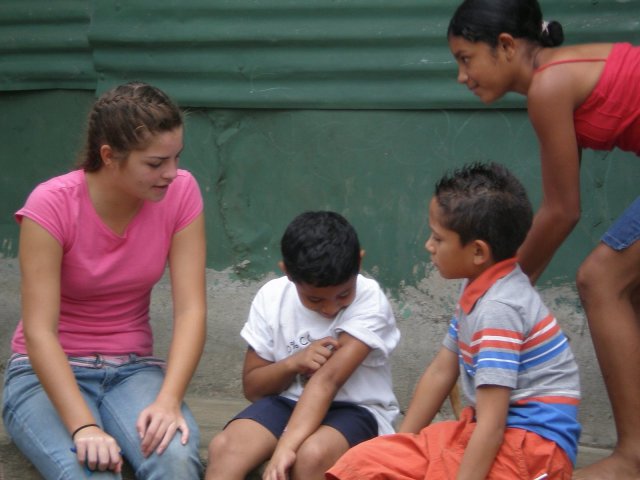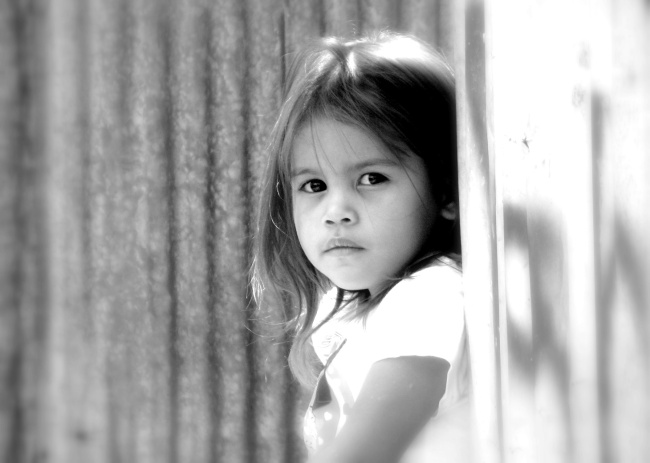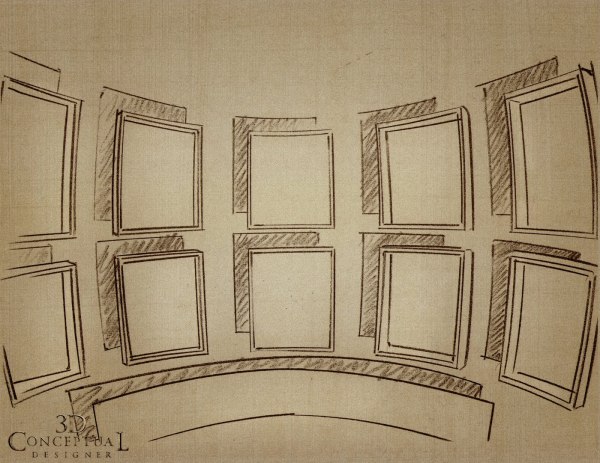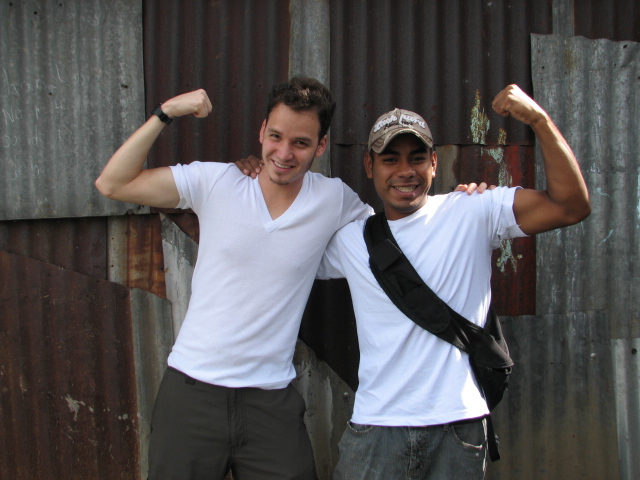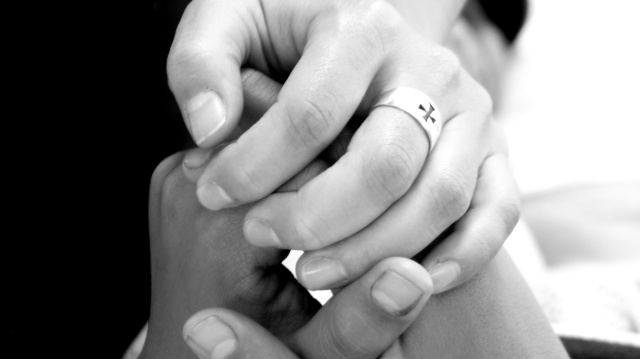 So I have no good excuse for the extended time it has taken to write this next installment in our series about the stages of development a person goes through to become a true difference-maker. It is appropriate, though, that there would be a massive gap between these posts on “complacency” and “coming home.” These two
So I have no good excuse for the extended time it has taken to write this next installment in our series about the stages of development a person goes through to become a true difference-maker. It is appropriate, though, that there would be a massive gap between these posts on “complacency” and “coming home.” These two
So I have no good excuse for how many weeks it has taken to write this next installment in this series about the stages of development a person goes through to become someone who makes a true difference in the lives of others. It is appropriate, though, that there would be a massive gap between “complacency” and “coming home.” These two phases are separated by a chasm so wide and insurmountable that few humans ever cross it. Many people stay forever in consumption or complacency. Few people come home.
For a bit of a review, remember that human beings are born missing something. We come into this world with a body, mind and heart but something is missing and, as a result, something hurts.
I am not completely prepared to explain what this “something” is at this point in the blog. It is a topic that deserves a series of its own. However, I will say that it is an undeniable truth.
In 2004, after having recently moved from working with youth in San Antonio, Texas to working with young people in San Jose, Costa Rica, I spoke to a group of young people gathered in a large tin-roofed auditorium. I remember that it was tin-roofed because it was pouring rain that day and very little of what I said could be heard by the crowd of very earnest Costa Rican youth. At the end, though, three teenage girls came up to talk to me and to thank me for speaking and I took advantage of the moment to ask them a question that I think makes this point:
“Ladies, do young people in Costa Rica go to sleep at night and lay in their beds with tears streaming down their faces because they feel like their is a hole in their heart or a dagger of emptiness and pain piercing their chest just like U.S. young people do?” I asked.
They answered in unison, tears filling their own eyes while they nodded their heads slowly and emphatically: “Yes. We all do.”
Every one of us feels this pain. Some of us begin learning to cover it early on as we find success in athletics, academics, the arts or socially at younger ages. These kids do not have to spend too much time in the quiet of their bedrooms, surrounded by their poster-covered walls. They are either going or they are about to go somewhere. They are either celebrating one victory or heading into the next activity. The pain is there but it mixes with their achievement to direct them to seeing it as “fire in the belly” or “hunger for success.” When they reach the end of whatever highway they choose to race down, the crash is often overwhelming.
Most of the rest of us keep thinking that we just need something else to help make the hurt go away. Perhaps a girlfriend or boyfriend will fill us. Maybe a car or a new job. Maybe a trip. Perhaps a new wardrobe or the next movie or a tattoo or another piercing, depending on the family we grow up in.
It is at this point that one of two paths is taken: One group races through each of these “fillers” and comes out dissatisfied and in even more pain. This group “fails” at filling themselves with the fake. They then pull themselves up and decide that “the system” or the way things are just doesn’t work for them and they begin rebelling against it all. As this groups chooses deviance on deeper and deeper levels, they often begin to hurt at such a level that somehow using and hurting others becomes the way they satisfy the pain. We described this group at the beginning in the consumption stage. Although this group causes the most harm, it is interesting to note that they are easier to deal with than the next phase because they are at least aware of their pain and problems. The only question is whether the habits toward deviance become so ingrained that change becomes too difficult.
The second group never sees the emptiness in the self-medicating methods listed above. They continue for the rest of their lives going from romance novel to romance novel, video game to video game and shopping mall to shopping mall to distract themselves from the burning inside them. They never treat it. They just avoid it. Some of their diversions are completely normal to the people around them. They can be things like gardening, stamp collecting, fitness, playing an instrument or decorating their house. None of these things are anything but good however for this group they are using them to avoid something that can not be avoided in a healthy way.
This group is also the group that can take something as powerful as being a part of a church and make it serve them as a sort of social club or conscience-cleanser. They do not go deeper into an intimate relationship with God that will fill their hearts and heal their souls. They simply get good at perfect attendance of every meeting the church building holds. They read and memorize scripture and other spiritual texts. They go on excursions to go help those “poor saps” who do not do these religious things as well as they do. Their time is filled with things about God but they are empty and lifeless. Jesus himself turned to religious people of his time who did this and tried to jar them to see that they were dead. Whatever the substitute or diversion employed, whether coming from Hollywood or from a bookstore, this group is filled with people who are at the complacency stage. They are one of the most difficult groups in the world to change because they are hurting but do not know it.
Turning now to coming home, for a smaller group of people, a time comes when they recognize the pain. This takes a good deal of courage because denying something exists is more natural to us than turning to face it. When we face the hole within us, we do so with no guarantee that we will find any cure for it apart from by faith. For someone to “come home,” they have to face the pain going on every day inside their heart but it is very difficult to face that pain without believing that you have found an answer for it. The root of the word “courage” comes from the French word, “heart.” To be courageous is to be whole-hearted. Courage is tied to hope. When we believe that we have found something that can truly help us, we can stop consuming others and stop filling ourselves with complacency fixes long enough to turn and deal with our own hearts.
I will not preach here. For me, I was able to come home at 16 years old as I met the pastor of a small church who drew me into his little flock, filled with ex-cons and their families. He invited me into his life and mentored me as he guided me into being loved by a group of people who knew something of the process of coming home. As I was loved on and by him, his family and his church, the hole inside me began to fill with a love that it had yearned for my entire life. I felt as if my heart had been on fire and now, cold, pure, refreshing water was being poured on and through it. I felt as if I had been drowning and then someone had reached out and pulled me to the dock. They had pulled me home. Only to a home unlike I had ever experienced before.
The process took years. If I am completely honest, it continues on even now. However, day by day, hug by hug and conversation after conversation, the fire stopped. My heart healed and I looked up and thought, “What about all of my friends? They are still in the fire! Somebody has to save them.” And with this we are ready for next week’s installment: compassion.
Prior to coming home yourself, your fiery, pain-filled heart has little chance of making a difference or reaching a point of consequence in the lives of others. People on fire don’t make good firemen. People who are drowning make lousy lifeguards. Sadly, today so many of the efforts people do to volunteer or take short term trips to “help” others are coming out of their own efforts to fill their hurting hearts by using other people to “do good” on them. This is not consequence. It is complacency or even consumption. You can not help people by using them to help your own hurt.
This is racy stuff. It’s your turn. Is your heart home yet? Are you angry at my perspective? Let me have it.
Next week: To Compassion
is a chasm so wide and insurmountable that few humans ever cross it.
For a bit of a review, remember that human beings are born missing something. We come into this world with a body, mind and heart but something is missing. Something hurts.
I am not completely prepared to explain what this “something” is at this point in the blog. It is a topic that deserves a series of its own. However, I will say that it is an undeniable truth. Continue reading
